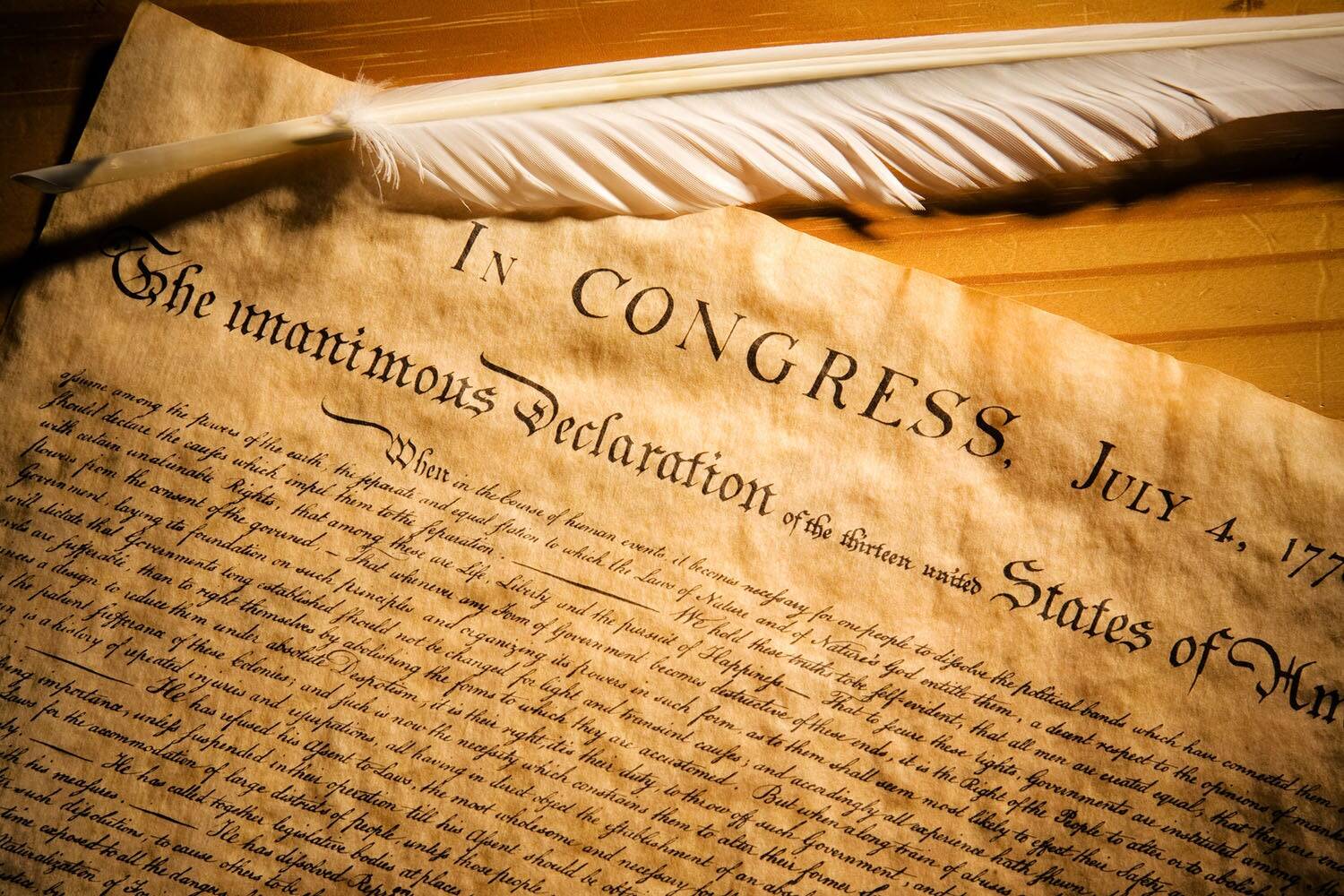
The Declaration of Independence is more than just a historical document; it's a symbol of freedom and courage. But how much do you really know about it? Did you know that it wasn't signed on July 4th? Or that one of its signers was only 26 years old? This document, penned in 1776, has some surprising facts that might just blow your mind. From secret messages to hidden signatures, the Declaration holds mysteries and stories that go beyond what we learn in school. Ready to dive into some cool trivia? Let's uncover 21 fascinating facts about the Declaration of Independence!
The Birth of a Nation
The Declaration of Independence is a cornerstone of American history. It marked the birth of a new nation and laid the foundation for its values and principles. Here are some fascinating facts about this historic document.
- The Declaration of Independence was adopted on July 4, 1776.
- Thomas Jefferson was the primary author of the Declaration.
- The Continental Congress debated and revised the Declaration for two days before its adoption.
- John Hancock was the first to sign the Declaration, and his signature is the largest.
- The original document is housed in the National Archives in Washington, D.C.
- The Declaration was signed by 56 delegates from the 13 colonies.
- The youngest signer was Edward Rutledge, who was 26 years old.
- The oldest signer was Benjamin Franklin, who was 70 years old.
- The Declaration was not signed on July 4; most delegates signed it on August 2, 1776.
- The Declaration was written on parchment, a type of animal skin.
The Influence and Impact
The Declaration of Independence didn't just change America; it influenced the world. Its principles have inspired countless movements and documents globally.
- The Declaration's assertion that "all men are created equal" has been a rallying cry for civil rights movements.
- The French Declaration of the Rights of Man and of the Citizen was influenced by the American Declaration.
- The Declaration has been translated into many languages, spreading its ideals worldwide.
- The document was a bold statement of the colonies' intent to separate from British rule.
- The Declaration outlined grievances against King George III, justifying the colonies' break from Britain.
The People Behind the Document
The Declaration of Independence was a collaborative effort, involving many key figures in American history. Let's look at some interesting facts about the people who played a role in its creation.
- Thomas Jefferson, John Adams, Benjamin Franklin, Roger Sherman, and Robert R. Livingston comprised the Committee of Five that drafted the Declaration.
- John Adams and Thomas Jefferson both died on July 4, 1826, the 50th anniversary of the Declaration.
- Benjamin Franklin was a key advocate for the Declaration, using his diplomatic skills to garner support.
- Richard Henry Lee of Virginia proposed the resolution for independence on June 7, 1776.
- The signers of the Declaration risked their lives and fortunes, as they were committing treason against the British Crown.
The Legacy of the Declaration
The Declaration of Independence continues to be a symbol of freedom and democracy. Its legacy endures in various forms and continues to inspire.
- The Declaration is celebrated every year on July 4th, known as Independence Day, with fireworks, parades, and patriotic displays.
The Lasting Impact of the Declaration of Independence
The Declaration of Independence isn't just a historical document; it's a symbol of freedom and democracy. Drafted by Thomas Jefferson and adopted on July 4, 1776, it marked the birth of a new nation. Its powerful words, "all men are created equal," continue to inspire movements for equality and justice worldwide. The signers risked everything, knowing they could face severe consequences. Their bravery paved the way for the United States to become a beacon of liberty. Today, the Declaration reminds us of the importance of standing up for our rights and values. It's a testament to the enduring spirit of independence and the ongoing quest for a more just and equitable society. Let's honor this legacy by continuing to strive for the ideals it represents.
Was this page helpful?
Our commitment to delivering trustworthy and engaging content is at the heart of what we do. Each fact on our site is contributed by real users like you, bringing a wealth of diverse insights and information. To ensure the highest standards of accuracy and reliability, our dedicated editors meticulously review each submission. This process guarantees that the facts we share are not only fascinating but also credible. Trust in our commitment to quality and authenticity as you explore and learn with us.


